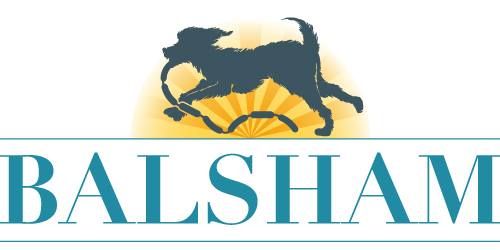[tatsu_section bg_color= “” bg_image= “” bg_repeat= “no-repeat” bg_attachment= “scroll” bg_position= “top left” bg_size= “cover” bg_animation= “none” padding= ‘{“d”:”90px 0px 90px 0px”}’ margin= “0px 0px 0px 0px” border= “0px 0px 0px 0px” border_color= “” bg_video= “0” bg_video_mp4_src= “” bg_video_ogg_src= “” bg_video_webm_src= “” bg_overlay= “0” overlay_color= “” full_screen= “0” section_id= “” section_class= “” section_title= “” offset_section= “” offset_value= “0px” full_screen_header_scheme= “background–dark” hide_in= “0” key= “rkbLbx6T4Q”][tatsu_row full_width= “0” no_margin_bottom= “0” equal_height_columns= “0” gutter= “medium” column_spacing= “px” fullscreen_cols= “0” swap_cols= “0” row_id= “” row_class= “” hide_in= “0” layout= “1/1” key= “r1e8ZeaT4Q”][tatsu_column bg_color= “” bg_image= “” bg_repeat= “no-repeat” bg_attachment= “scroll” bg_position= ‘{“d”:”top left”}’ bg_size= ‘{“d”:”cover”}’ padding= ‘{“d”:”0px 0px 0px 0px”}’ custom_margin= “0” margin= ‘{“d”:”0px 0px 0px 0px”}’ border= ‘{“d”:”0px 0px 0px 0px”}’ border_color= “” enable_box_shadow= “0” box_shadow_custom= “0 0 15px 0 rgba(198,202,202,0.4)” bg_video= “0” bg_video_mp4_src= “” bg_video_ogg_src= “” bg_video_webm_src= “” bg_overlay= “0” overlay_color= “” animate_overlay= “none” link_overlay= “” vertical_align= “none” column_offset= “0” offset= “0px 0px” z_index= “0” column_parallax= “0” animate= “0” animation_type= “fadeIn” animation_delay= “0” col_id= “” column_class= “” hide_in= “0” layout= “1/1” key= “HkLWe6pNm”][tatsu_text max_width= ‘{“d”:”100″}’ wrap_alignment= “center” animate= “” animation_type= “fadeIn” animation_delay= “0” key= “H19fxa6Em”]
Holy Trinity Church is a Grade 1 listed building situated within the conservation area covering the centre of Balsham village. The churchyard covers about 4.5 acres, with an active graveyard including the war memorial. A village footpath, much used, passes through it linking the public carpark with the rear entrance to the Meadow Infant and Junior School. The church tower is the oldest part of the building, built around 1250 [though a Saxon grave cover and the base of an ancient cross were excavated in the 1930’s]. The tower has had frequent buttress additions from the 13th century onwards and embattling in the 16th. In 1986 a concrete sleeve and a steel ring were added to ensure it would hold together. The bells were also re-hung, replacing the old wooden frame with a steel one, allowing them to be rung, after many years of silence. The next oldest part of the building is the chancel, about 1300, with the present nave built mid-14th Century. This alteration was probably done under the auspices of Hugh de Balsham, Bishop of Ely; the angle of the roof was changed and clerestory windows added. The present ornate rood screen was added at this time. Within the chancel, wooden carved chancel stalls with misericords, for clerics not choristers, were given in about 1384 by John Sleford, Rector and former Keeper of the Wardrobe to Edward III. Large well preserved mediæval brasses to both Hugh de Balsham and John Sleford are present in the chancel. The vestries were added in the 19th century, replacing a former schoolroom. Some alterations were made in early 20th century, including stain glass windows and an imposing font cover, carved in the late 1920’s by the then Rector, Edwin Burrell. However, the church has not suffered the large scale “Victorianisation” seen in many parish churches.
The building does not feature on an Heritage or Buildings at Risk Register, nor has been advised for inclusion in any next revision. Its condition is good as far as would be expected for a building of this age. On average, six acts of communal worship are held within the church each month; the usual main weekly service has a congregation of about 30 adults. The church serves a local parish of about 1600 people, but is part of a benefice of seven rural churches; as such it is often used for large memorial services for people from neighbouring parishes. The local primary school holds its Easter, Harvest, and Christmas services here. The total seating capacity, including the use of extra chairs, excluding the chancel, is in excess of 200 people.
[/tatsu_text][/tatsu_column][/tatsu_row][/tatsu_section]

